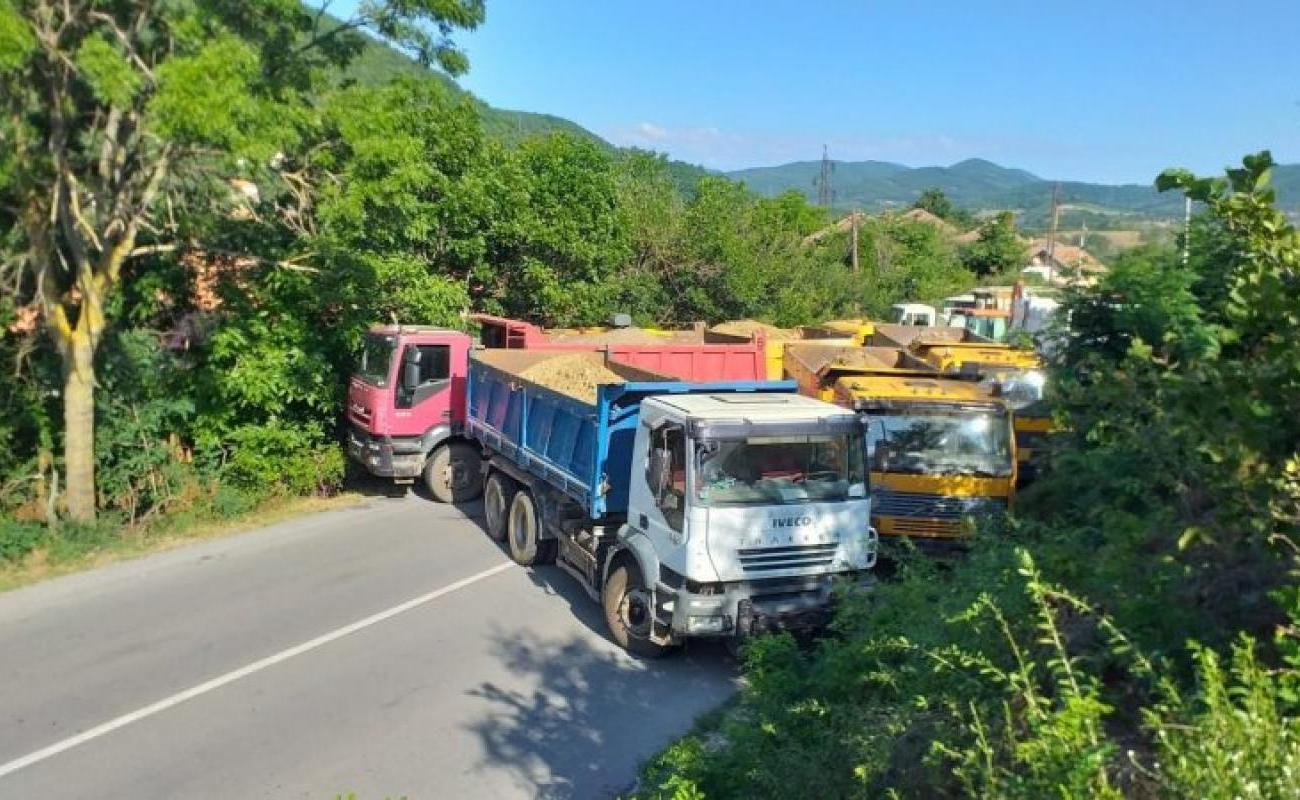Russia is seeking new wars and Kosovo could be the next one
Instead of seeking a diplomatic solution following the disaster it created with its invasion of Ukraine, Russia is seeking another conflict so that its aggression will look like second-class news, writes Orhan Dragaš.

Planned as a lightning-fast “special military operation”, Russia’s aggression against Ukraine has been going on for far too long. And by the way, Russia behaves on the world stage, it’s clear that Moscow is not looking for peace offers, cease-fires or negotiations. Instead, Russia is looking for the activation of some new wars on other sides of the world. Somewhere far away, where the worried world will turn away and forget about the Ukrainian chaos Russia created.
If another conflict exploded somewhere, according to Russia’s calculation, the West would have to turn its money and weapons and the attention of its public, companies and media to that new focal point and Ukraine would become second-rate news. It would soon be forgotten, and in such darkness, without public support and the supply of weapons and money, the “operation” could easily and quickly be declared a Russian triumph. The daily counter of spent Russian billions would finally stop.
Moscow had high hopes that the crisis surrounding Nancy Pelosi’s visit to Taiwan would escalate. Of course, in such a situation, Moscow would not intervene directly. But it would not appeal for de-escalation. When Moscow officially announced that China “has the right to take all necessary measures to protect its sovereignty and territorial integrity”, it did not mean diplomacy. It is “inciting” China to raise its army and attack Taiwan with all its might.
In another crisis, however, Russia interfered more directly, expecting the same outcome – a military conflict. In the recent crisis in the north of Kosovo, Russia, like a vulture, saw a chance to flare up the conflict, and preferably bloodshed.
In those few days around 1 August, when the Kosovo authorities announced the confiscation of license plates and identity cards from local Serbs and when local Serbs organised roadblocks, Russia carried out a large-scale and very aggressive hybrid operation. Its goal was to provoke a conflict, cause bloodshed, and then trigger Serbia’s reaction and the involvement of NATO (KFOR) in the armed conflict.
This operation was conducted mainly by issuing a large amount of disinformation in a short period, with the “collusion” of people from the highest levels of government in Moscow.
At critical moments, through tightly controlled communication channels, Russia broadcasted fake news, such as the one that a Serb was wounded at the blockade near Jarinje, that the Serbian Army was moving its units and planes along the border with Kosovo, that an attack by Pristina forces on Serbs was expected. Falsified were also statements of the Serbian President Aleksandar Vučić.
In that disinformation storm, Russia spread the false narrative that the conflict between Serbs and Albanians had already broken out, that because of this, Serbian security forces had already entered or were about to enter Kosovo, that Belgrade’s action was justified and that Russia would help Serbia if it ended up in a conflict with the KFOR mission, which is under the command of NATO.
The messages were broadcasted through a large number of websites, accounts on social networks, and private channels, with hundreds of thousands of followers, who until now were known for their strongly pro-Russian views, and many of them belong to extremist organisations in Russia and Serbia.
Behind them are organisations and people with close ties to the Kremlin. The amount of disinformation was so significant that a part of it spilt over to some mainstream media in Serbia (the useful idiots), which served as an additional channel for spreading disinformation, which was of great importance for Russian goals.
This hybrid operation was so strong and dangerous that the Ministry of Defence of Serbia was forced to urgently deny rumours that the Serbian Army had entered Kosovo. Quite simply, this operation seriously threatened the security of Serbia, its national interests, and especially the security of Serbs in Kosovo.
It was not fabricated only in cyberspace; it was publicly supported by the participation and statements of almost everyone important in Moscow – Putin’s press secretary Dmitry Peskov, spokeswoman for the Ministry of Foreign Affairs Maria Zakharova, high officials of the State Duma, ambassador in Belgrade Alexander Botsan Kharchenko, even Chechen leader Ramzan Kadyrov. It was a Russian state project directly aimed at Serbia. Fortunately, it failed, but it should not be a surprise if it is repeated.
Russia is an obvious danger to world peace, not only because of the aggression it launched on 24 February but also because of its open policy to incite a new conflict elsewhere in the world as much as it can and as much as it is allowed to.
As long as peace is not established in Ukraine, Russia will be the instigator of new conflicts in the world because it sees them as a way out. Russia does not care who will go to war or against whom. It has no parties to support in these conflicts, including Serbia, for which Russia is repeating that it is its friend.
In the global mirror, Russia sees only itself, its military campaign against Ukraine and the way to get out of it as quickly and cheaply as possible. If the price for that is a new war in the world, Moscow will be happy to contribute to making it happen. After all, it is already doing it.
